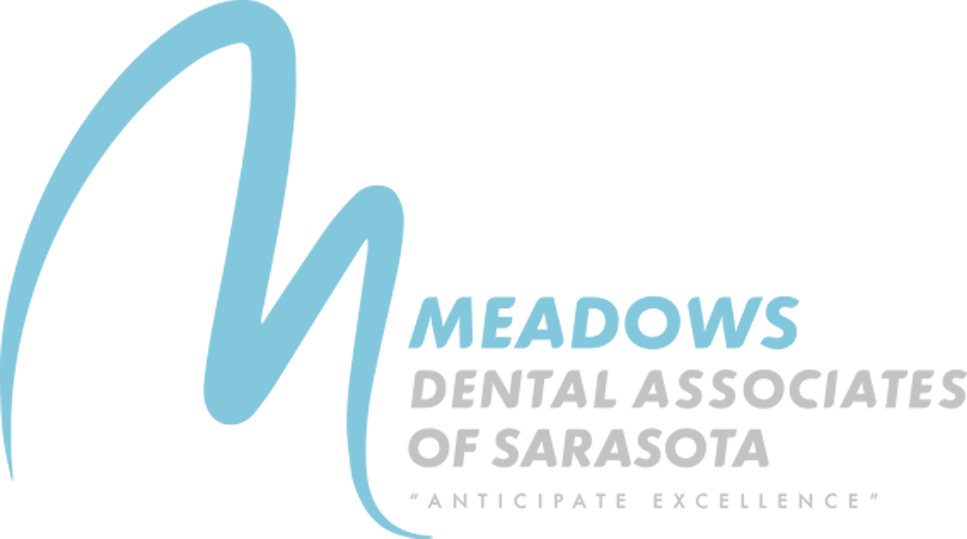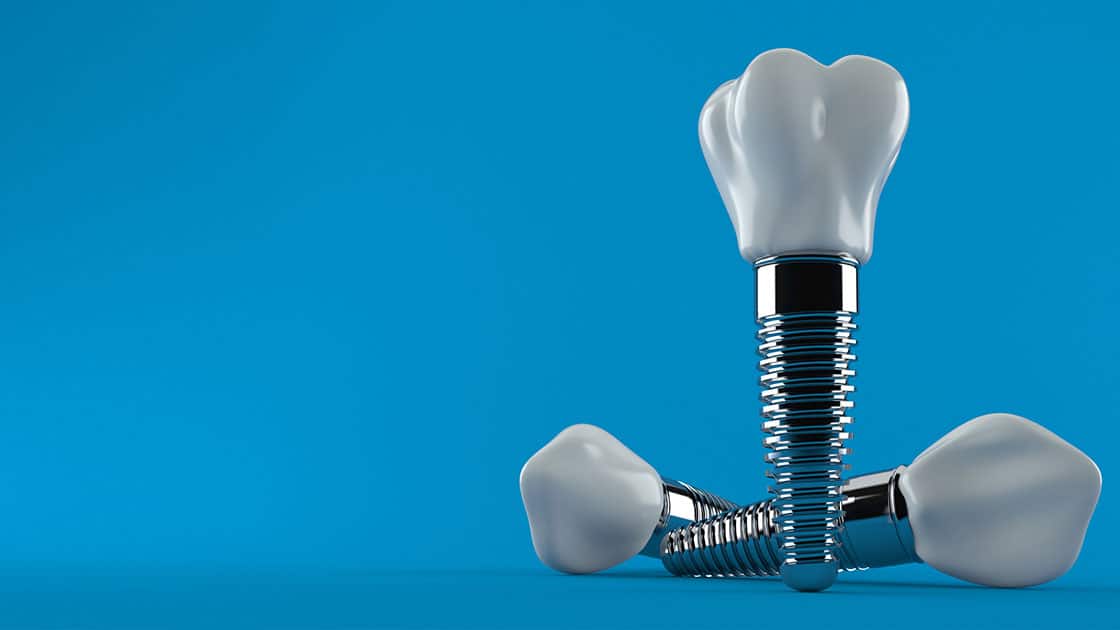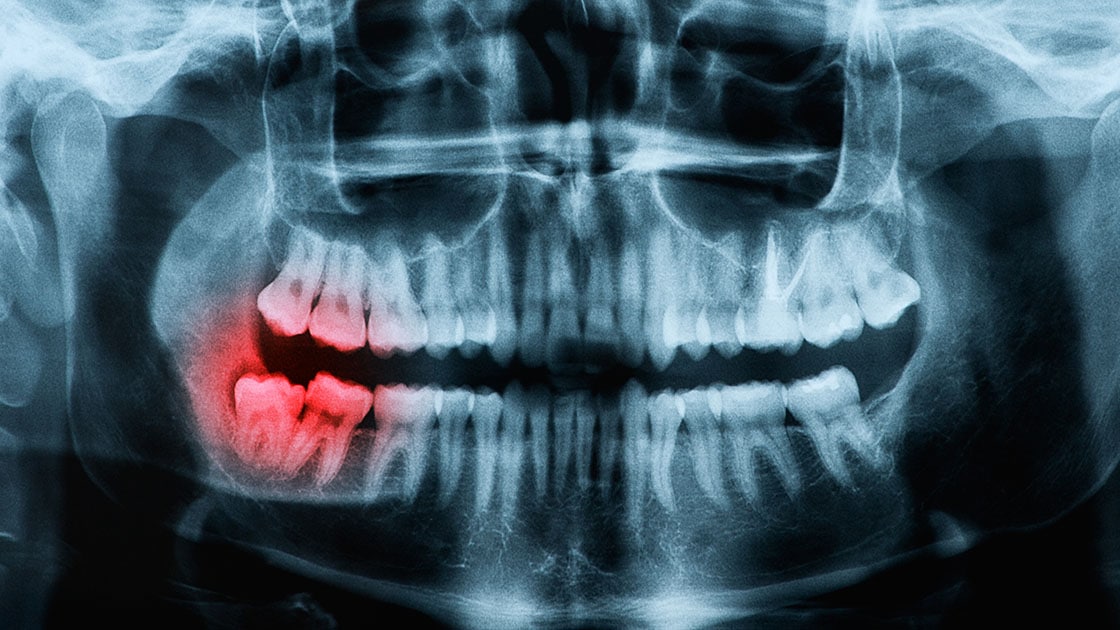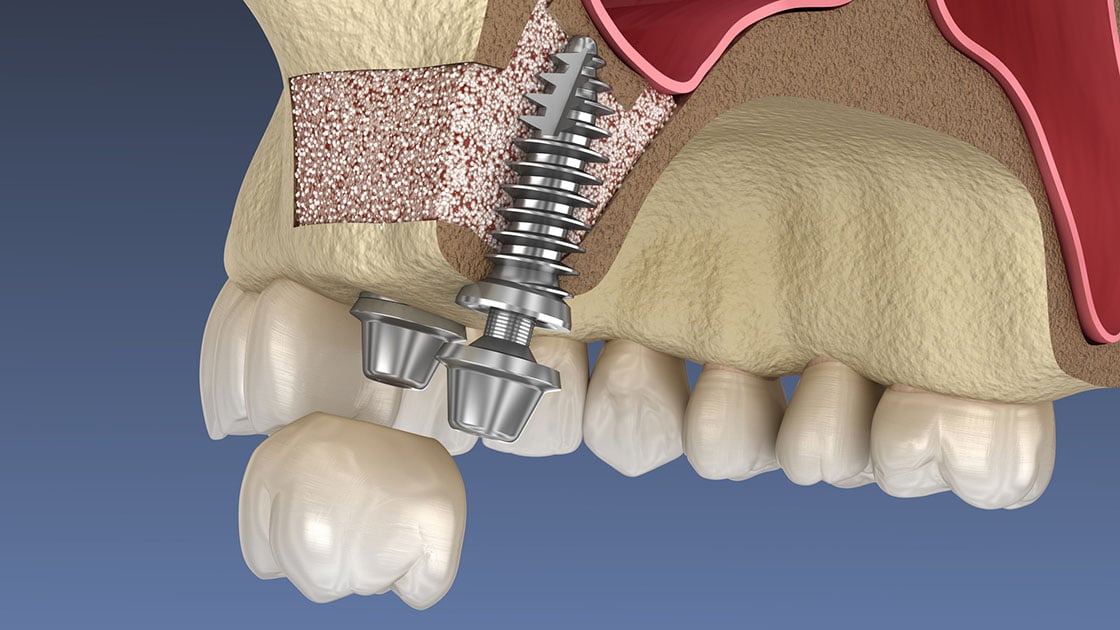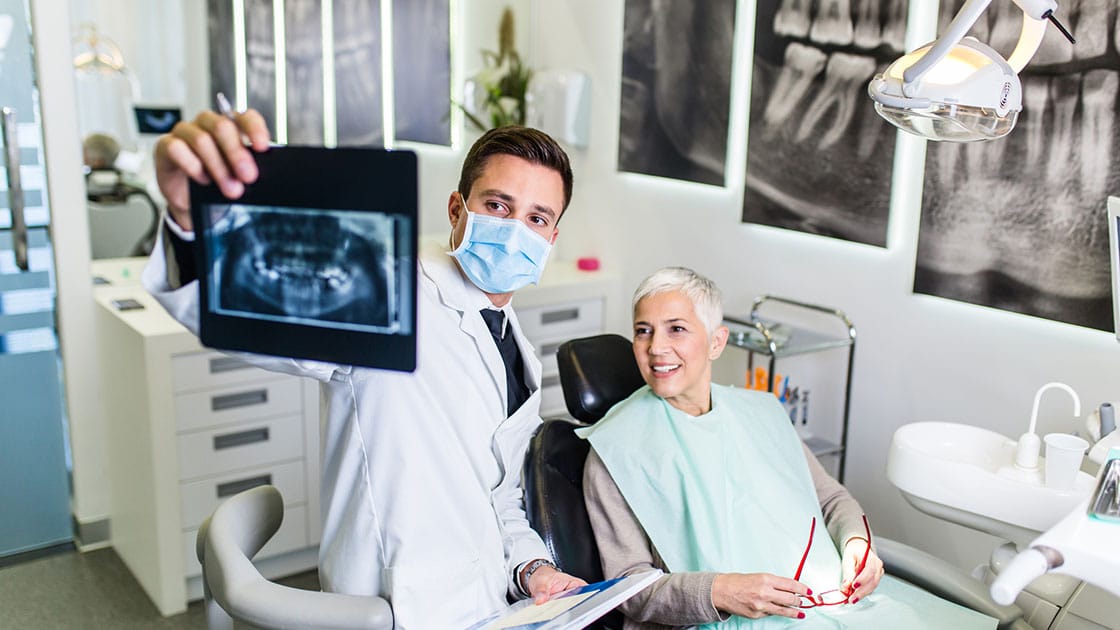Dental Implants
Dental implants are used to replace tooth roots. Implants provide a strong foundation for fixed or removable replacement teeth. Dental implants are small anchors made of biocompatible metal, called titanium, placed in the jawbone. The anchors begin to fuse with the bone over a few months. After the fusing process, known as osseointegration, abutment posts are inserted into the anchors to allow for the attachment of the replacement teeth. To fabricate the replacement teeth, an impression is taken and a model of the bite is created. The replacement teeth are based on this model. Replacement teeth can either be crowns, bridges, or dentures.
Bone Grafting
Bone grafting is the replacement or enhancement of bone around teeth. When a tooth is lost, the surrounding bone collapses. Bone grafting is performed to reverse bone loss or enhance existing bone. The grafting material can be taken from parts of the body or from synthetic material. Bone grafting allows for proper support of dental implants or prostheses.
Impacted Tooth & Tooth Exposure
An impacted tooth is a tooth that fails to fully pass through the gums.
Impacted wisdom and cuspid (or canine) teeth are fairly common. To correct impacted teeth, there are a few treatment options. For impacted wisdom teeth, the most common procedure is extraction. For impacted canine teeth, several treatment modalities are available. Orthodontics (braces) can be used to open space for proper eruption. Primary (baby) teeth can either be extracted or surgically exposed to allow for the placement of an orthodontic bracket to help align the teeth.
Labial or Lingual Frenectomies
A frenectomy is a simple surgical procedure performed to release the connection of the “frenum,” a connective muscle between two tissues. There are two types of oral frenectomies that are frequently performed on both adults and children for a variety of reasons.
A Labial Frenectomy is performed on the tissue that connects the lip to the gums. This may be performed on children or adults to aid with orthodontic treatment or even help with the proper fitting for a denture or appliance.
A Lingual Frenectomy may also be referred to as the release of tongue-ties (ankyloglossia). This procedure is performed on the connective tissue under the tongue. The procedure is often performed on neonatal patients to assist with nursing or on toddlers or older patients who need the surgery to help correct speech issues caused by limited movement due to the frenum.
Sinus Lift
A sinus lift is a surgery that adds bone to your upper jaw in the premolar and molar areas of your mouth. To add bone, an incision is made where the premolar and molar teeth were previously located. Once the bone is exposed, a small circular shape is made in the bone to access the sinus. Once the sinus is accessed, the sinus membrane is gently pushed up and away from the upper jaw. Once this is done, bone graft material is placed into the sinus space to change the shape and provide support. Once the bone is in place, the incision is closed and the healing process begins.
Dentoalveolar Surgery
The term dentoalveolar refers to the teeth and the alveolar bone that supports the teeth. Surgery involving the dentoalveolar area is the basis for much of oral and maxillofacial surgery. Dentoalveolar procedures simple procedures, such as simple extractions to much more complex procedures. Often, a combination of procedures requiring extraction, modification to the bone, and/or modification of the gum tissue surrounding the surgical site are included in a dentoalveolar surgery.
Dentoalveolar procedures may include a combination of the following:
- Partial or full tooth extraction
- Removal of bone material
- Reshaping of bone material
- Soft tissue removal
- Soft tissue repair
Additional Procedures
Facial trauma involves injuries to the bone, teeth, skin, gums, or other soft tissues.
Depending on the type of facial trauma sustained, there are many different treatment options available. The primary goals of treatment are to stop any bleeding from occurring, create a clear airway, repair any broken or fractured bone, and or suture any damaged soft tissue. Treatment is immediate, as long as there are no neck fractures or life-threatening injuries.
Oral pathology encompasses oral disease, its causes, and its effects. Oral diseases have a number of causes, including biological, chemical, or physical agents or hormonal or developmental changes.
Sleep apnea is a disorder in which one experiences one or more pauses in breathing or shallow breaths while you sleep.
Sleep apnea is an ongoing condition that disrupts sleep. When breathing is paused or becomes shallow, one will often move out of deep sleep and into light sleep, making the quality of sleep poor.
Sleep apnea can be treated with lifestyle changes, mouthpieces, breathing devices, and/or surgery.
For mild sleep apnea, a custom-fitted mouthpiece or some lifestyle changes (weight loss, smoking cessation, clearing nasal passages) may be helpful.
For moderate to severe sleep apnea, a breathing device called CPAP (continuous positive airway pressure) or surgery to widen the breathing passages by shrinking, stiffening, or removing excess tissue in the mouth and throat or resetting the lower jaw may be helpful. A CPAP machine uses a mask that fits over your mouth and/or nose and gently blows air into your throat. This air pressure helps keep your airway open while you sleep. Surgery to shrink the tissue involves a small shot into the breathing passages. Surgery to stiffen excess tissue requires a small incision in the tissue and the insertion of a piece of stiff plastic.
A tooth that can not be saved with restorative materials may need to be removed. First, the area will be numbed with anesthesia. The tooth is then loosened with a special dental instrument known as an elevator. After the tooth is loosened from the socket, it is removed. Stitches may be necessary after the removal of a tooth.
Platelet Rich Growth Factors and Platelet Rich Fibrin are a form of mixed gel that can be applied directly into tooth sockets and other sites. Placing this material in tooth sockets after tooth extractions can improve soft tissue healing and positively influence bone regeneration.
These techniques offer a new approach to tissue regeneration. PRP derives from the centrifugation of a patient’s own blood and contains growth factors that influence wound healing. This is important in tissue repairing mechanisms. The use of PRP in surgical practice could have beneficial outcomes, reducing bleeding and enhancing soft tissue healing and bone regeneration.
Dental laser surgery uses a beam of intense light to correct dental problems. The energy produced by the laser cuts or vaporizes the tissue it is concentrated on. Laser surgery often means less discomfort, an easier and quicker recovery time and fewer, shorter appointments.
Lasers have several uses for dental surgery. Some common types of dental laser surgery include but are not limited to: dental cavities, root canals, gum surgery, dental abscess, biopsy, and treatment of lesions.
Looking for a practice in the
